Vacuum gauges and pressure gauges are critical measuring instruments, each designed to monitor and maintain different pressure conditions across numerous industrial and scientific applications. This article offers a detailed exploration of the application scenarios, selection considerations, and installation recommendations for both types of gauges.
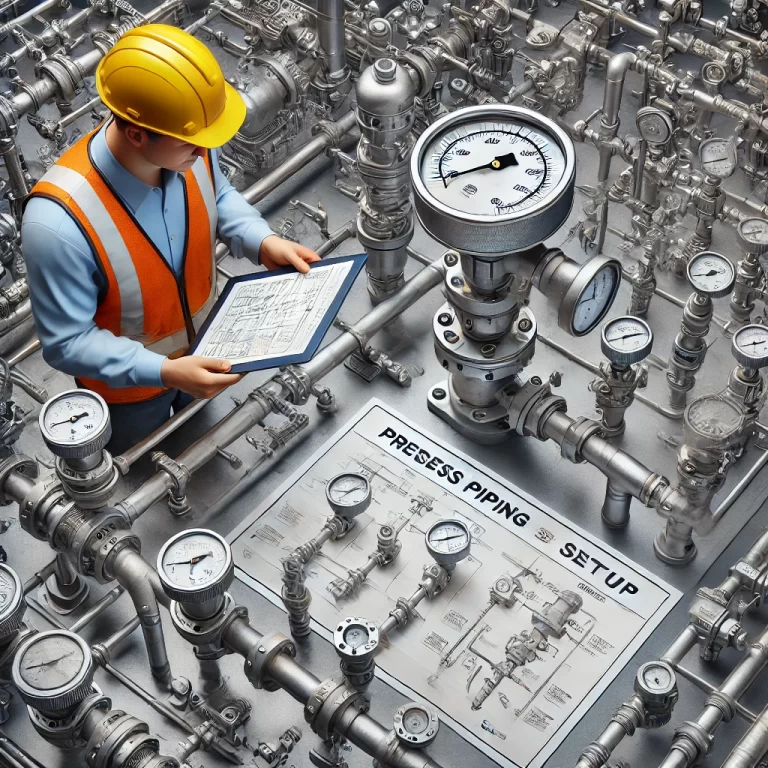
Applications of Vacuum Gauges
1. Vacuum Equipment Monitoring
Vacuum Coating Systems:
Vacuum gauges precisely monitor the vacuum level within coating chambers, ensuring coatings occur under optimal vacuum conditions. Accurate control of vacuum pressure enhances film uniformity, material adhesion, and product quality.Vacuum Drying Chambers:
Commonly used in laboratories, vacuum drying chambers require continuous monitoring of internal vacuum conditions. Vacuum gauges help technicians control drying processes, optimize drying times, and ensure the quality of dried materials.
2. Aerospace and Aviation Industry
Aircraft Altitude Measurement:
High-precision vacuum gauges measure atmospheric pressure variations to calculate flight altitude accurately. These measurements are crucial for flight control systems, especially during high-altitude operations where atmospheric pressures are significantly lower.Spacecraft Systems:
Vacuum gauges ensure appropriate vacuum levels within spacecraft interiors. Essential in life support systems, gauges help maintain critical environmental parameters, such as air purification, ventilation efficiency, and crew safety during space missions.
3. Medical Equipment
Medical Vacuum Systems:
Vacuum pumps used in medical settings rely on vacuum gauges to monitor negative pressure accurately. Applications include surgical suction to remove blood or fluids and wound drainage systems. Reliable vacuum measurement ensures patient safety and procedural effectiveness.Diagnostic Instruments:
Devices such as blood gas analyzers and vacuum blood collection tubes require strict vacuum conditions. Vacuum gauges help confirm accurate vacuum levels, ensuring precise and reliable diagnostic outcomes.
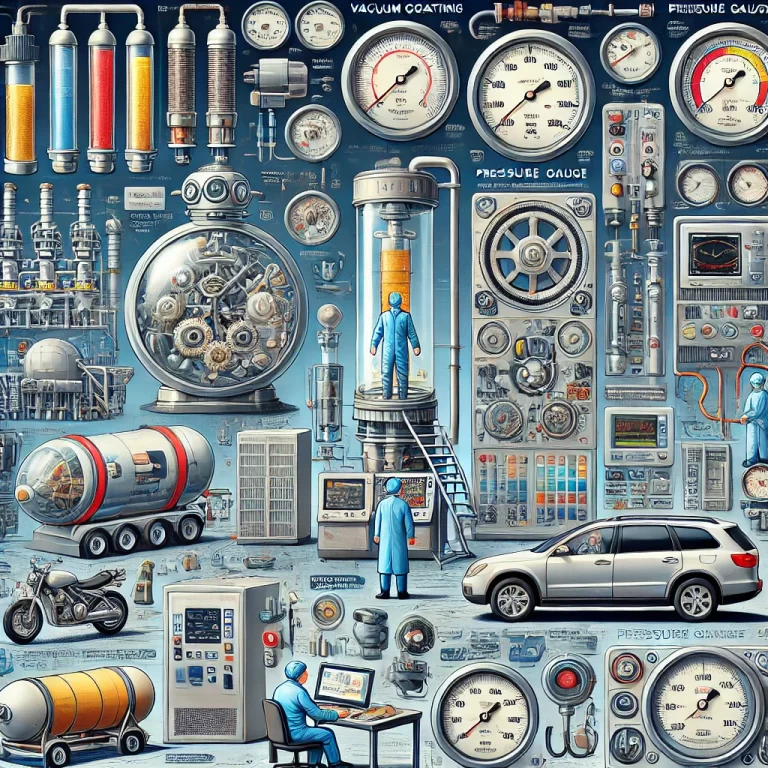
Applications of Pressure Gauges
1. Industrial Processes
Chemical Manufacturing:
Pressure gauges monitor pressure within reactors, tanks, and pipelines. Real-time pressure readings ensure safe operational conditions, preventing potential hazards such as explosions or leaks by promptly detecting abnormal pressures.Oil and Gas Industry:
In drilling operations, pressure gauges are vital for monitoring subterranean pressures to maintain operational safety. In pipeline transportation, these gauges detect pressure fluctuations indicating leaks or blockages, thereby ensuring safe, continuous operation.
2. HVAC Systems
Central Air Conditioning:
Gauges monitor compressor discharge and suction pressures, facilitating efficient management of refrigerant flow and pressure. Proper pressure management enhances HVAC efficiency and prolongs equipment life.Heating Systems:
Pressure gauges measure water circulation pressures, ensuring effective heat distribution. Regular monitoring prevents issues such as low circulation efficiency or potential damage from excessive pressures.
3. Automotive Industry
Engine Lubrication Systems:
Pressure gauges monitor engine oil pressures, critical for engine protection. Maintaining appropriate oil pressure prevents excessive wear or potential damage from inadequate lubrication.Tire Pressure Maintenance:
Accurate tire pressure gauges are essential for maintaining optimal tire pressures. Proper inflation contributes to vehicle safety, fuel economy, and tire longevity.
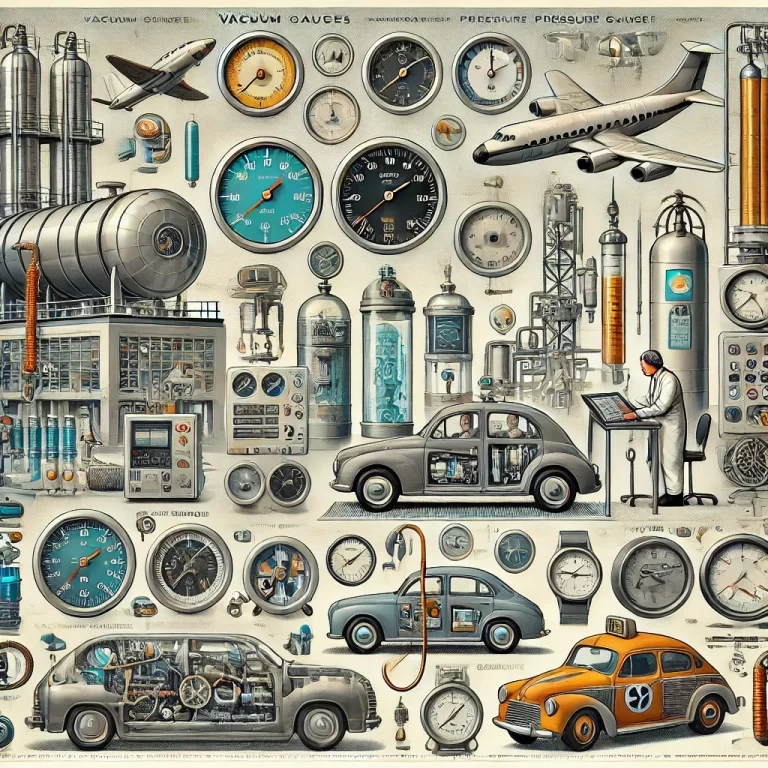
Factors to Consider When Selecting Gauges
1. Measurement Requirements
Range:
Determine the required measurement range clearly. High-precision applications, such as semiconductor manufacturing, require gauges capable of measuring extremely low vacuum levels. Conversely, industrial applications often demand gauges with broader measurement ranges.Accuracy:
Evaluate accuracy requirements based on specific applications. Precision scientific research or critical production processes necessitate highly accurate gauges. General industrial operations can utilize gauges with moderate accuracy to balance performance and cost efficiency.Reliability and Stability:
For applications in critical environments, including nuclear facilities or chemical plants, select gauges with excellent reliability, stability, and robust designs capable of prolonged accurate measurement under demanding conditions.
2. Operating Environment
Temperature Conditions:
Select gauges designed for your specific environmental temperature range. High-temperature or low-temperature conditions require specialized gauges capable of performing reliably under these extremes. Consider gauges with temperature compensation features for environments with significant temperature fluctuations.Humidity and Moisture:
In damp or maritime environments, corrosion-resistant and moisture-proof gauges are essential to prevent internal corrosion, electrical malfunctions, or compromised readings.Corrosion Resistance:
When dealing with corrosive media like acids, bases, or salts, choose gauges manufactured with corrosion-resistant materials such as stainless steel or PTFE coatings. Ensuring gauge materials match the application media significantly enhances durability and measurement accuracy.Vibration and Shock Resistance:
Industrial environments with significant vibrations or mechanical impacts require gauges with robust, shock-resistant designs. Select instruments that maintain measurement accuracy despite mechanical stresses to ensure long-term reliability.
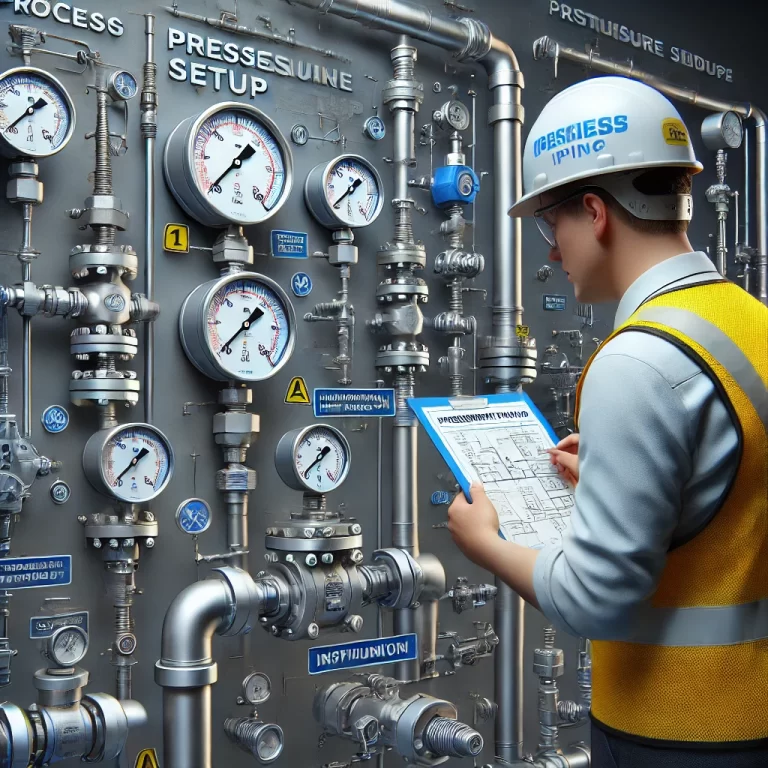
Installation and Maintenance Guidelines
1. Installation Methods
Evaluate the gauge mounting requirements based on your application space and access. Options include threaded, flange, and clamp connections. Choose methods that offer ease of installation, durability, and secure sealing.
If installation space is limited, consider compact gauge designs or embedded panel-mounted models to maximize spatial efficiency and ease maintenance operations.
2. Maintenance and Calibration
Regular maintenance and calibration are critical for sustained gauge accuracy and reliability. Select gauges that facilitate simple and cost-effective maintenance, such as models with easily accessible calibration adjustments or modular designs.
Consider instruments renowned for durability and long-term reliability, thereby reducing maintenance frequency and associated downtime.
3. Cost Efficiency
While considering gauge pricing, evaluate overall cost-effectiveness beyond the initial purchase. Factor in long-term reliability, maintenance frequency, calibration costs, and potential impacts on operational efficiency.
For extensive applications, strategic batch purchasing or selection of reputable, high-value brands can further optimize your investment. Gauges with energy-efficient or environmentally-friendly features may present higher initial costs but yield significant savings and sustainability benefits in the long run.
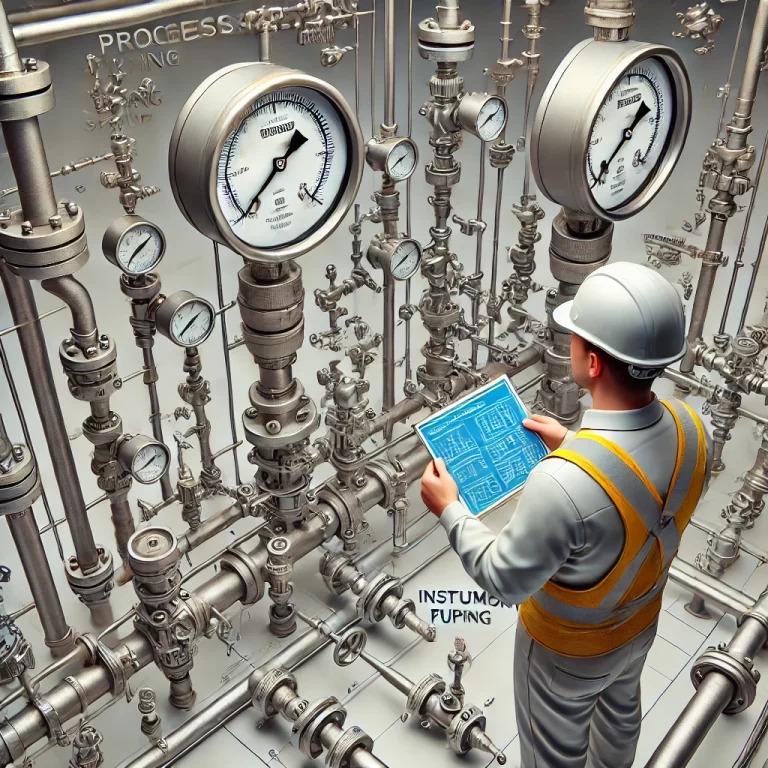
Conclusion
Selecting the appropriate vacuum or pressure gauge requires careful consideration of measurement demands, operating environments, installation logistics, and maintenance practices. Adhering to these guidelines ensures accurate measurements, operational safety, extended instrument life, and optimized cost efficiency across diverse industrial and scientific applications.
